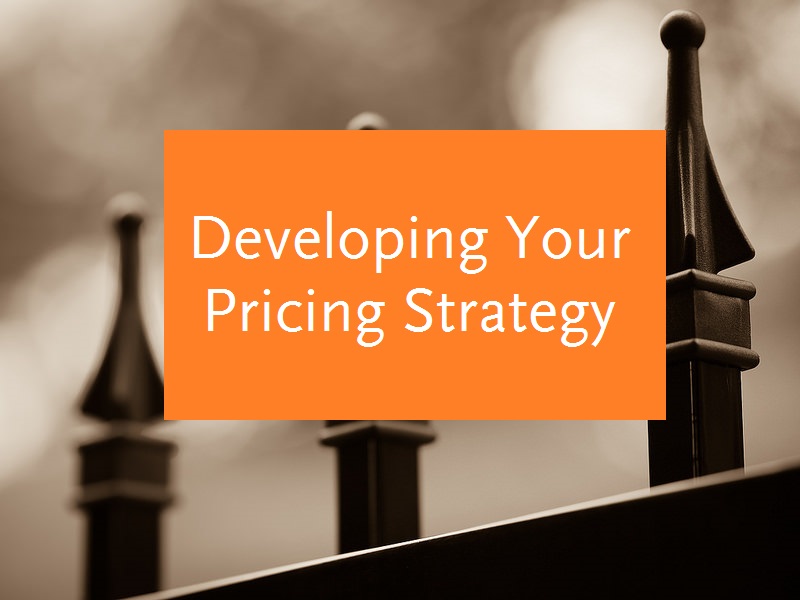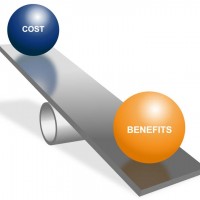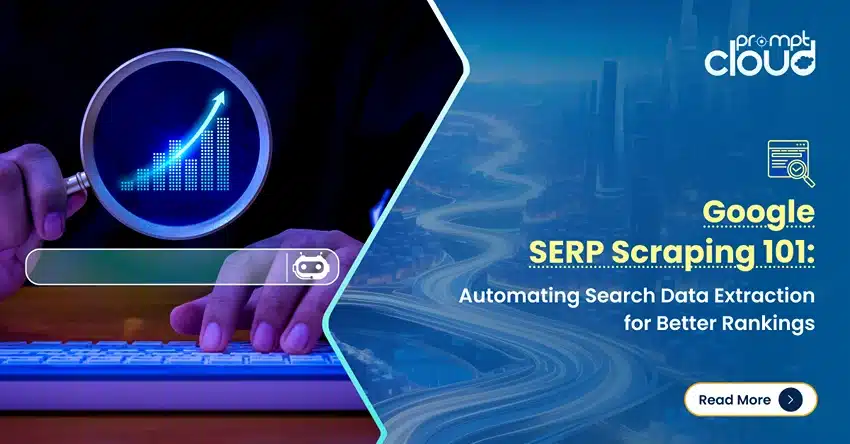The right pricing strategy and a profitable business go hand in hand. Thus, getting your pricing strategy right is a crucial aspect of getting your revenues streamlined.
With the service industry growing across the globe, a lot of service based enterprises have cropped up across the map. These service based enterprises have created their mark in the industry by an innovative idea and a good sales strategy. These businesses are running profitable from the industry point of view, yet the mistake that we see them making lies in their pricing. When it comes to pricing your service based business, there are multiple ways to put a price tag to your service. You can charge your service at an hourly basis, flat price, cost plus price, variable price, or have a flexible SaaS pricing option as well. It works fine for generating a stable stream of revenue for your firm, but people tend to forget that in order to grow at a rapid pace; you have to align your pricing strategy with the industry and client requirements. Thus we have come up with a list of As-A-Service Pricing Do’s and Don’ts to consider for your pricing strategy.
1. Do not complicate it:
Keeping your pricing easy to understand is an art that every entrepreneur needs to learn. Every service model has a different pricing structure that follows the industry norm. These pricing strategies sometimes follow flat or hourly structure and sometimes charge a variable fee. Problems arise when you have a niche service offering or multiple services under a single umbrella. You are forced to price your offerings such as to differentiate between all such sub offerings. Though it might be cost effective and competitive for the clients, it many a time tends to confuse them as to what their total cost would be when they choose one offering over another or a subset of your total offerings. It is thus important to price your offering as simple as possible so it does not confuse any potential customers while at the same time accommodate all their needs and your offerings under a single umbrella.
2. Well categorized service structures:
Any service offering is essentially a combined service of smaller subset offerings. Take, for example, a web crawling service; it consists of creating a customised web crawler, running intelligent crawls and extracting crawled data records, normalizing and structuring of extracted records, compressing and sharing these records over various platforms, switching contexts and formats, etc. Hence, in order to devise a proper pricing strategy, it is important to structure your service sub categories so as to suit different user needs and requirements and match their price expectations.
3. Clear communication of offerings w.r.t. cost:
If you handle your customer enquiry desk, you would come across a lot of queries like “What do I get for this price?” or “How much would service X cost me?” These queries show an imminent need in your target segment to clearly communicate your offerings and their respective pricing. So, in case a client wants to use your offerings, it should be clear how much a service set or a subset would cost her and what can she expect out of that service. It is always better to enumerate all such sub-offerings that are part of the price point.
4. Proper cost distribution:
While pricing your service, a lot of factors come into play. The price should follow industry standards, the customers should perceive your offering price value appropriately and at the same time you should cover all costs and also earn some profits. Thus, it is important to first analyse the expected price range you expect your service offering to follow and then analyse your initial and extra overheads over a period as well as your break even cost. Segmentation and allocation of initial overhead in the cost over a period is the next logical step in this process for creating a cost effective solution that would eventually break even after an estimated amount of time. This helps keep your costs and ROI in check while spreading the initial overheads cost evenly across a period so you recover the costs and can target earning profits right from the beginning. Now, bearing these calculations in mind, you can mark your service price at a fixed overhead cost, plus service maintenance charge and a percentage of profit levied on that to cover any extra expenditure and maintain a stable income at the same time.
5. Competitive:
Most people think that keeping a low price for your service or charging the going market rate 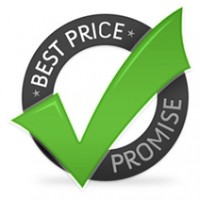
6. Price positioning:
Another key step while determining your service pricing is to find out what aspect of your service do the customers value most. Position your offering to emphasize the valued service or add/make changes wherever necessary in order to provide a focussed value based service that customers would appreciate the most. This way, the SaaS pricing structure can be modified and linked with your positioning to provide a more valued service at a price the customers are willing to pay and cover all your costs as well. Such pricing comes in handy during the sales cycle and broadens your conversion funnel substantially.
7. There is more to price than just price:
It is a widely accepted fact that buying just on price is always a poor choice. In order to get customers to switch to your service, you have to adjust/modify your offering to interest them in your service portfolio. Pricing then rests on a third important wheel in the equation called quality. It is a simple rule of business to provide your clients with a better quality service for a satisfied clientele who would then be ready to pay a premium for the extra effort you put in. Another important aspect for this premium segment could be differentiating your service offering enough to create an impactful brand. Though it sounds easy to do, it requires a lot more effort and cost in the background, and hence impacts the pricing in return. PromptCloud for example, emphasizes on data quality and promptness in service delivery that helps us cater more adequately to a category of clients, among others, who are particular about their data needs and work on time sensitive projects.
8. Keep on Testing:
Like any other product or service or information, everything needs to be tested and indexed before it is rolled out pompously. Another thumb rule for having a competitive pricing is thus testing it thoroughly till you get it right. It is feasible to find the thin line of customer satisfaction and business satisfaction related to pricing with a lot of testing tools available these days, such as A/B Testing the price points with initial customers to gauge perceived value, what elements are more appealing, and what parts covey the pricing best. All these are important parts of pricing evolution. Another validation criteria for pricing could be, if your paying clients have stayed long enough with you (Their lifetime value > 3 CAC), that is a decent validation that your price points are working well in the market. So during negotiations for a custom solution, you know the limiting point. If that is not the case, then ideate, test and repeat for pricing till you get it right.
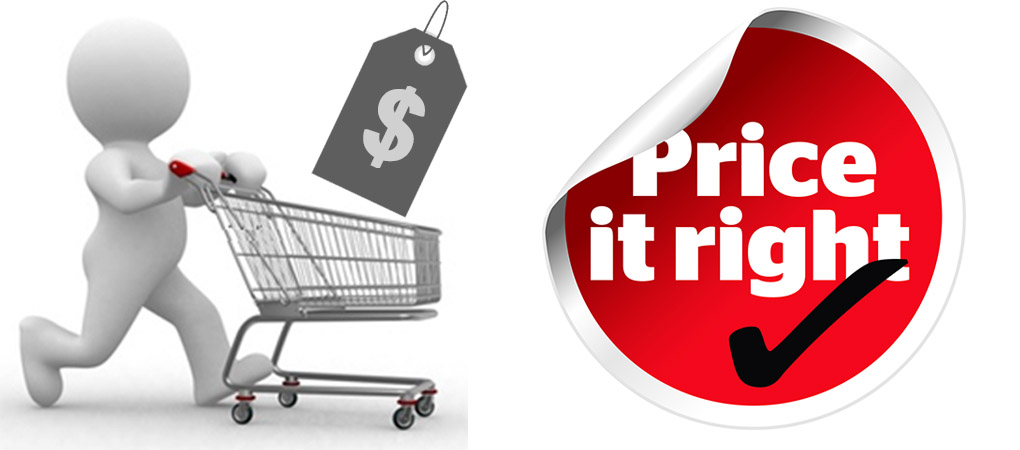
Thus, SaaS pricing in itself depends on a lot of factors and can follow multiple strategies for various service offerings and structures. It is necessary to make our clients’ decision as effortless as possible while considering SaaS pricing so both parties are clear from the beginning what they would pay and what they would get. For this purpose, we have also recently restructured our pricing to make things a little easier.





